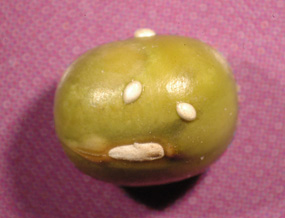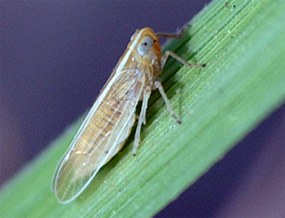Acharya, A., J. T. Cronin, N. Fonseka, J. Goddard II, A. Henderson, V. Munoz and R. Shivaji. 2024. A Σ-shaped bifurcation curve for a class of reaction diffusion equations and an application to an ecological model. Numerical Algebra, Control and Optimization. https://doi.org/10.3934/naco.2024051.
We analyze the structure of positive solutions to a class of steady state equations arising in modeling a prey population that grows logistically, experiences Holling Type III predation from a generalist predator, and exhibits an overall negative relationship between density and emigration rate (-DDE). In particular, the predator is assumed to operate on a different time scale than the prey and, thus, its density is held constant. Under some general hypotheses on the reaction term and boundary nonlinearity, we establish existence, nonexistence, and multiplicity results for certain ranges of a parameter which is proportional to patch size squared via the method of sub-super-solutions. In particular, we establish that the bifurcation curve of positive solutions for the steady state equation is at least Σ-shaped. In this case, there are ranges of patch sizes where a patch-level Allee effect, i.e., a situation where the trivial solution and at least one other positive steady state are stable, arises for small patch sizes and a non-Allee effect type bi-stability arises for a range of larger patch sizes. As an applciation of our result, we consider the case when Ω is a ball, the reaction term is exactly logistic growth with a Type III functional response and the boundary nonlinearity is a -DDE form with a fast decay rate and show that the hypotheses in our theorems are satisfied. Further, when Ω = (0, 1), we employ quadrature methods and computations using Wolfram Mathematics to show that the bifurcation diagram for positive solutions of this example is exactly Σ- shaped for certain values of the parameters.





